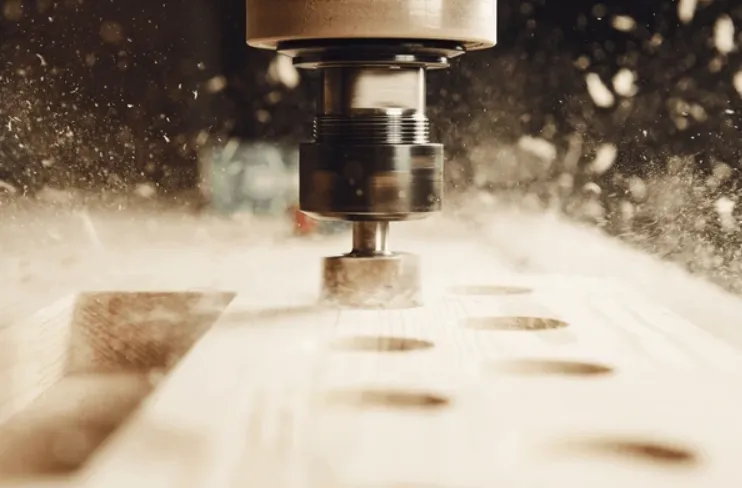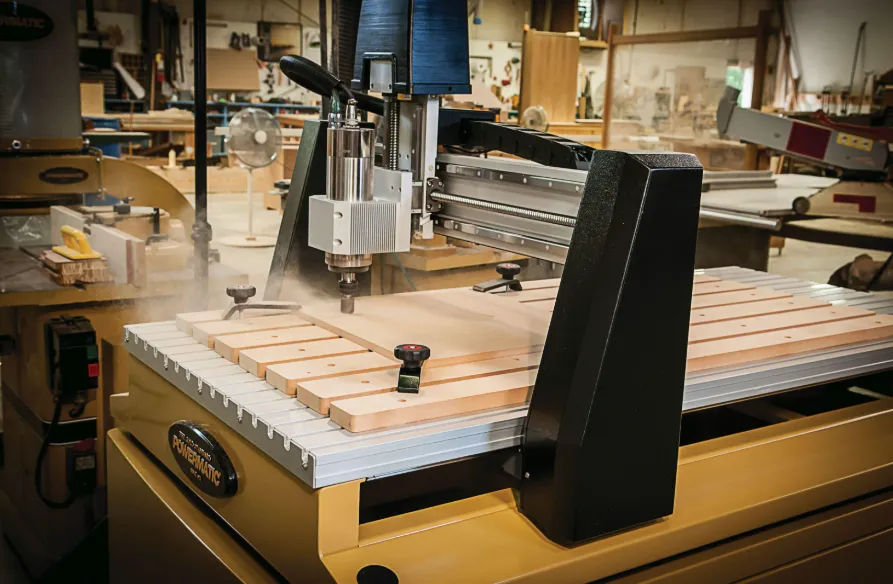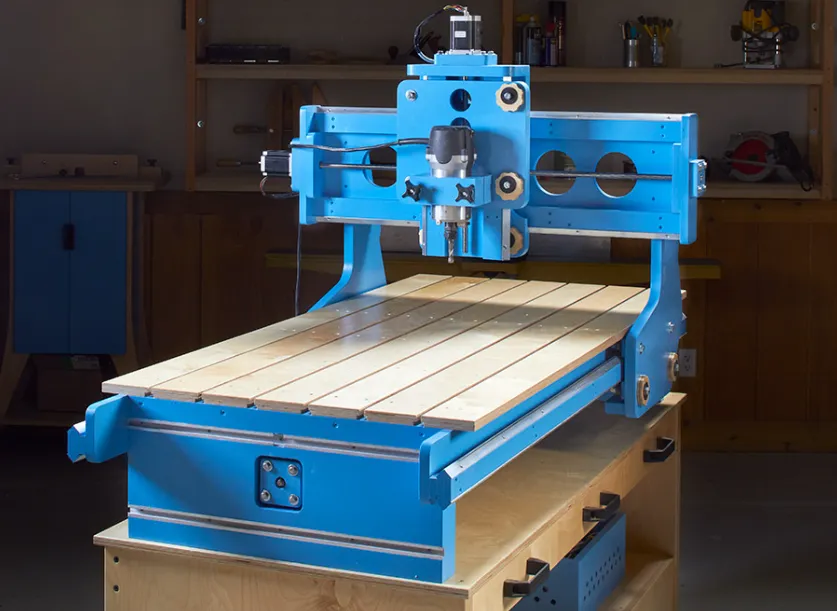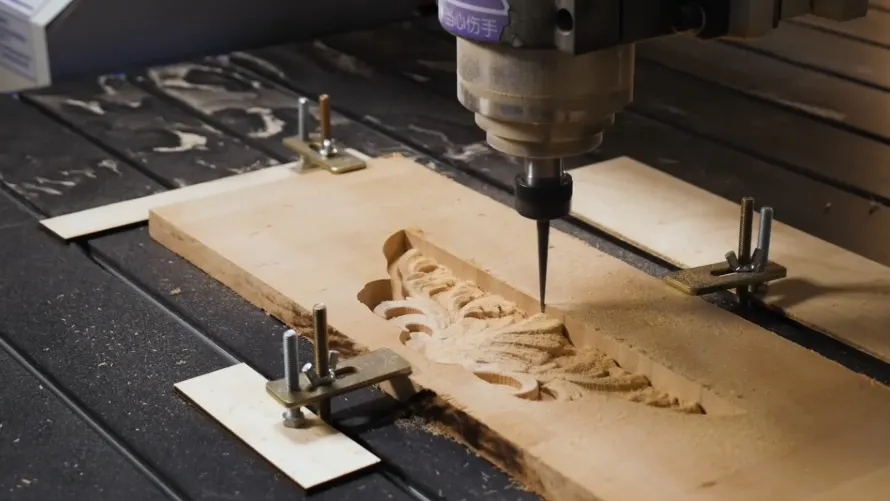The woodworking industry has seen a dramatic transformation with the integration of CNC technology, enabling craftsmen and manufacturers to achieve levels of precision and efficiency previously unimaginable with traditional tools. Modern woodworking CNC machines combine advanced automation with user-friendly software, making them indispensable for furniture production, cabinetry, sign-making, and artistic woodcarving.
 Leading manufacturers like Biesse, Homag, and CNC Router Parts have developed systems tailored to diverse woodworking needs. The Biesse Rover B FT, for example, features a 15HP spindle capable of 24,000 RPM, allowing it to machine everything from softwoods to dense exotics like ebony with a surface finish as smooth as 1.6μm Ra. Its automatic tool changer with 12 positions reduces setup time by up to 70% compared to manual systems, particularly beneficial for shops producing complex cabinet door designs in batches.
Leading manufacturers like Biesse, Homag, and CNC Router Parts have developed systems tailored to diverse woodworking needs. The Biesse Rover B FT, for example, features a 15HP spindle capable of 24,000 RPM, allowing it to machine everything from softwoods to dense exotics like ebony with a surface finish as smooth as 1.6μm Ra. Its automatic tool changer with 12 positions reduces setup time by up to 70% compared to manual systems, particularly beneficial for shops producing complex cabinet door designs in batches.
For larger-scale production, the Homag Weeke Venture 6 processes sheet goods with remarkable efficiency. Its vacuum bed holds materials securely while the 14.7kW spindle cuts at speeds up to 24 m/min, enabling a typical 4’x8′ sheet of plywood to be completely machined in under 15 minutes. The machine’s laser measurement system automatically detects board thickness variations up to 0.1mm, adjusting toolpaths accordingly to maintain consistent joinery cuts.

Smaller workshops benefit from machines like the Axiom Precision AR8 Pro, which offers professional capabilities in a compact footprint. Its 3.25HP spindle and rigid steel frame can hold tolerances within ±0.1mm when carving intricate inlays or musical instrument components. The machine’s dust collection system captures 98% of particulates at the cutting head, a critical feature for maintaining clean work environments and preventing respiratory hazards.
Recent advancements in software have significantly enhanced woodworking CNC capabilities. Vectric Aspire and Autodesk Fusion 360 now include specialized toolpath strategies for wood, such as grain-adaptive carving that adjusts feed rates based on material density variations. These programs can simulate cuts in realistic 3D, allowing woodworkers to preview and adjust designs before machining, reducing material waste by an average of 25%.

The market has also seen growth in specialized woodworking CNCs like the Shaper Origin handheld router, which uses augmented reality to guide users through complex cuts with 0.1mm precision. Meanwhile, industrial-scale machines like the SCM Tech Z5 integrate robotic loading for continuous operation, processing up to 200 cabinet parts per hour with consistent quality.

As technology progresses, woodworking CNCs continue bridging the gap between traditional craftsmanship and digital fabrication. From one-off artistic pieces to high-volume architectural millwork, these machines empower woodworkers to push creative boundaries while maintaining the warmth and character of handcrafted quality. Their ability to combine mass production efficiency with artisanal detail ensures wood remains a vital material in our increasingly digital manufacturing landscape.




